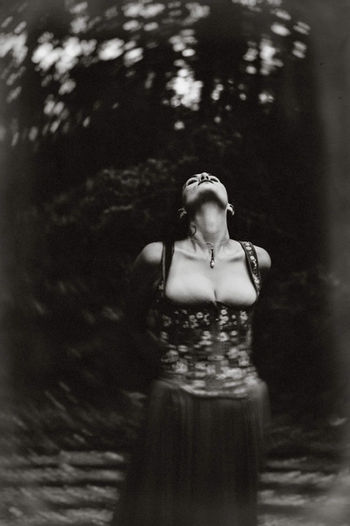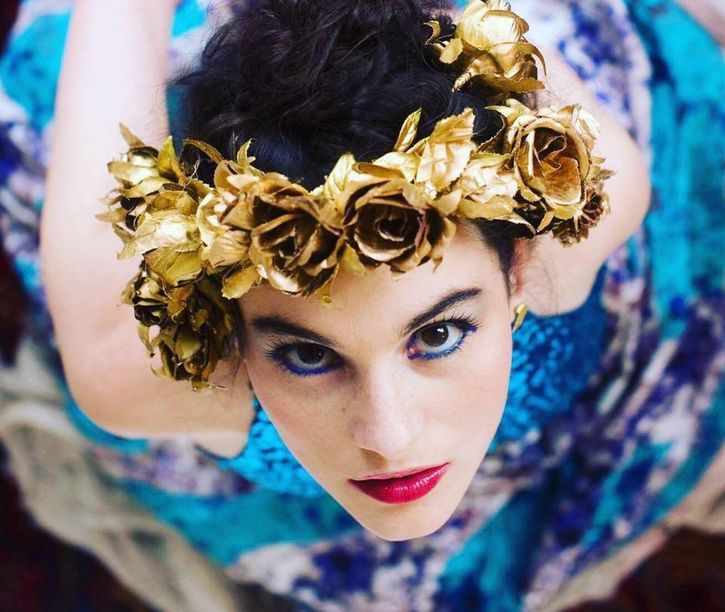rachel.elspeth.gross
rachel.elspeth.gross
Making Clothing & Costumes
Costumes, support garments, jewelry, and accessories.
I have sewn all my life, and have been formally rained in apparel and costume design. I recreate costumes and historic clothing, from support garments to ballgowns, and recreate historical photographs in my spare time.
Fairy Tales in North Florida
with photographer, Heather Drymon
Vinok, a modern take on a Traditional Costume
with photographer, Mika Fowler
The traditional flowered crowns and headdresses, Vinok as they are known in Ukraine, are one of my favorite forms of traditional dress that survives into the 21st century. Building the headdresses, making and then painting the corset, was a meditative experience. I suspect it has been that way forever, for the women who wear and make these crowns.
The apparel we think of today as traditionally Ukrainian can be traced back to the 9th century, back to the era of the Kievan Rus. This includes (essentially unisex) garments like ‘Vyshyvanka’ (long shirt or tunic with decorative embroidery at the neck, cuffs, or at the sleeves and hem), or the flowered (or sometimes harvest) wreaths/headdresses known as ‘Vinok.’
Like every other culture on the planet, there are variations on themes, stylistic elements, and decorative accents that reflect the specific ethnographic region where a people live. Historically and today, decorative accessories (belts, jewelry, bags, shawls, headdresses, etc) have been popular, perhaps more so than in other parts of the world, and are often heavily decorated with ribbons, endless tiny beads, or ducats/decorative coins. The direct connection between the historic and the modern, the transitions... The grey area where clothing and costume blur is fascinating.




















